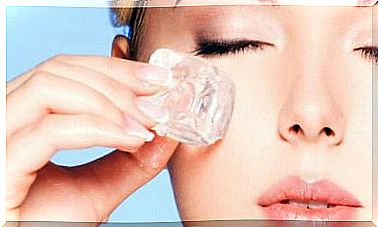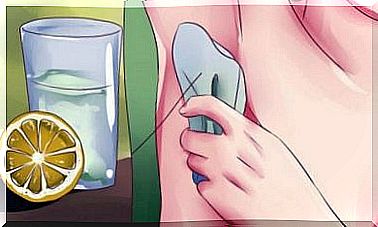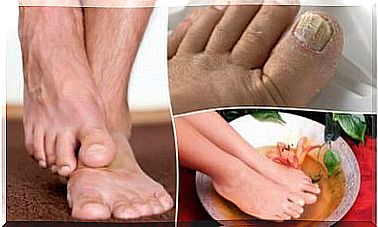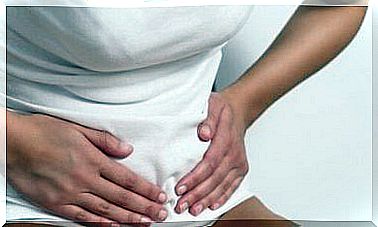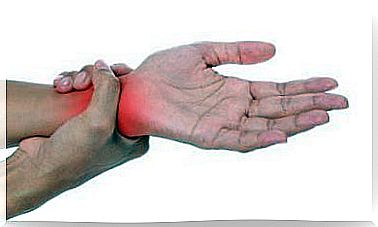5 Tips Against Ear Wax
You should not use cotton swabs when removing ear wax. You can push the wax further into your ear and irritate the ear.

In this article, we’ll show you 5 tips to prevent earwax. Many people believe that ear wax is unsanitary. But just like other body fluids, ear wax also has a protective function.
It is a natural cleaning fluid that moisturizes the ear canal and protects against bacteria, fungi and insects.
Under normal circumstances, earwax is transported out by itself. However, if the body forms it in large quantities or if it mixes with dust, it can clog the ear. Sometimes this leads to earache.
In this case, you should use safe methods to remove wax from your ears. This is because clogged ears can cause ear pain and hearing loss.
There are many ways to remove wax from your ears. However, you should avoid using cotton swabs. Read on to find out more.
Ears cleaning error
Before we dive into methods of removing earwax, we need to know its function. Ear wax is extremely important and protects the ear from outside influences.
Some people try to remove any trace of earwax immediately. Often this is due to wrong ideas about hygiene.
As a result, the ear canal is often damaged. This increases the risk of infections and diseases.
Another mistake is using cotton swabs, pencils, or other objects to clean your ears.
It may seem harmless, but these applications only push the wax inward. They can also cause serious injury.
Tips against earwax
If excess wax builds up in your ear, causing pain or hearing loss, you should see a specialist.
In mild cases, you can use the following tips against earwax .
1. Salt water
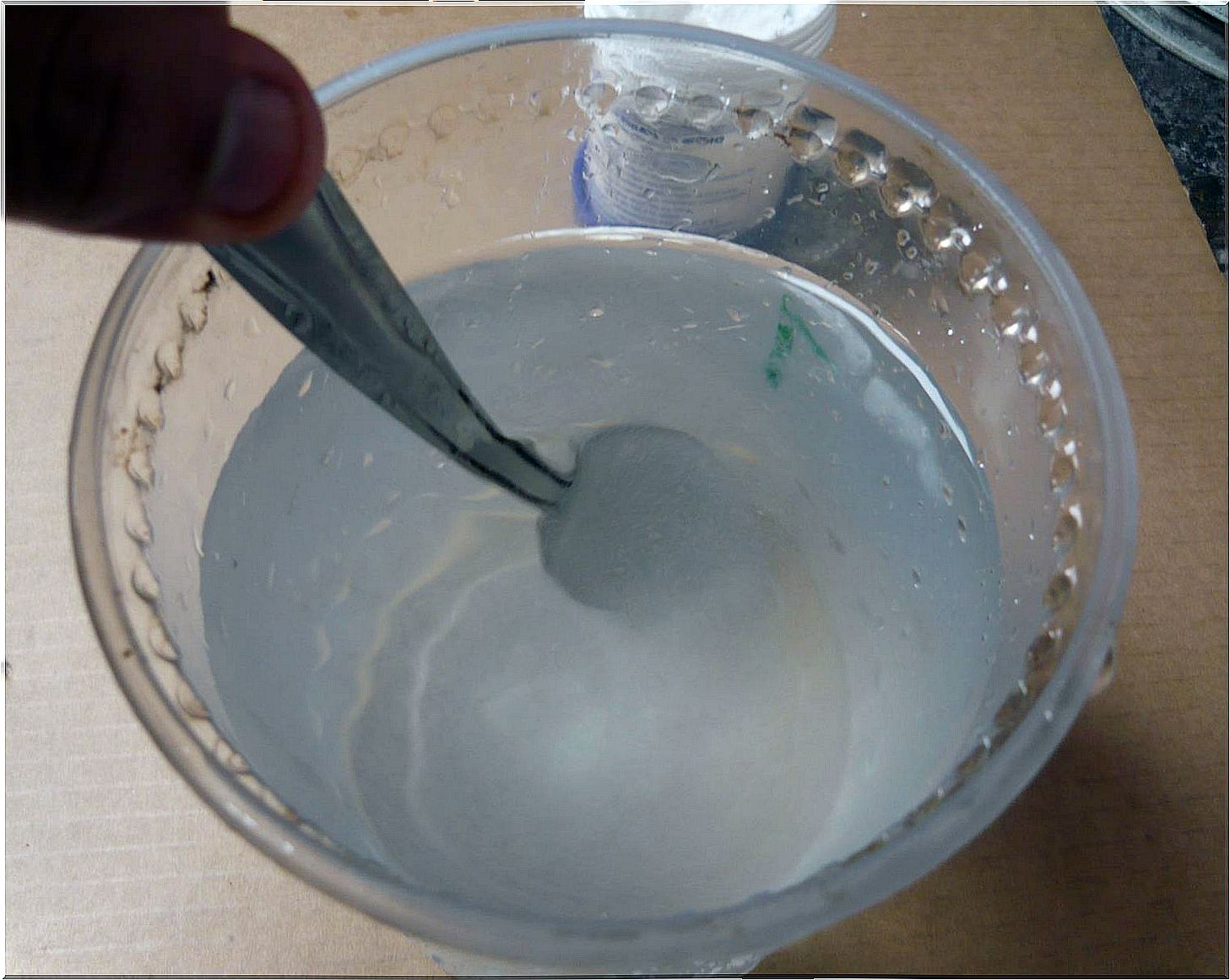
A solution of water and salt can remove wax residue and prevent clogging of the ear canal.
The saline solution softens the wax and makes it easier to remove.
application
- First, make a solution of warm water and salt.
- Dip a cotton ball in the solution.
- Lay your head on your side and then hold the cotton pad over the opening in your ear.
- Let the solution sit for 3 minutes, then turn your head on the other side to allow the liquid to drain off.
- Clean the outside of the ear.
2. olive oil
Olive oil contains vitamin E and fatty acids that help moisturize the skin in the ear. In this way, it prevents infections.
The application of olive oil softens the ear wax and cleanses the ear without irritating the skin.
application
- Put some warm olive oil in a dropper and put 2 or 3 drops in each ear.
- Tilt your head so that the oil can run into your ear.
- Then turn your head to drain the oil.
- Apply the oil once a week.
3. hydrogen peroxide
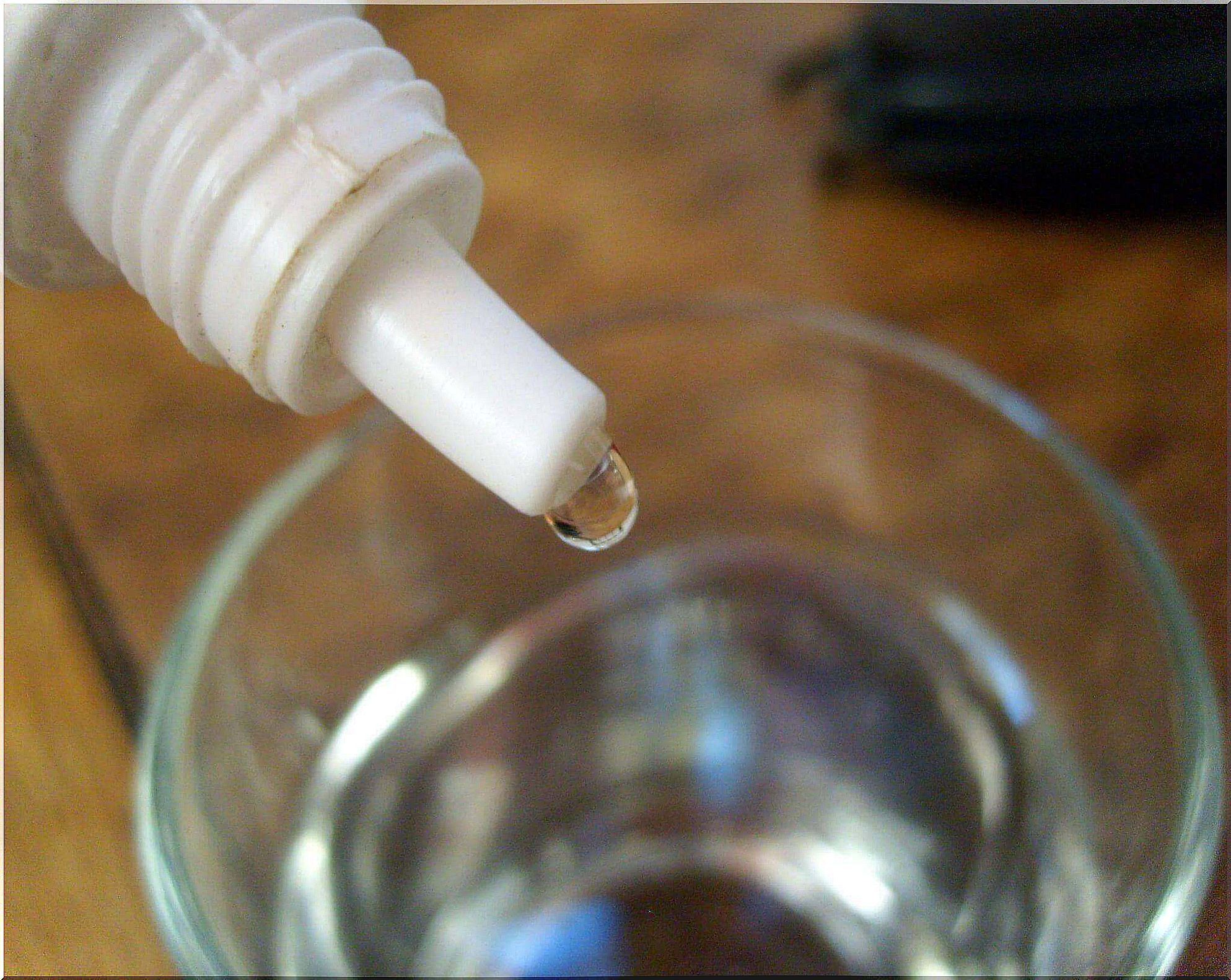
A very effective home remedy for ear wax is hydrogen peroxide. It doesn’t attack the skin and can disinfect the ears. That way, it also prevents infections.
application
- Make a 3% hydrogen peroxide solution with warm water.
- Then, dip a cotton ball in the solution and tilt your head on its side.
- Hold the cotton pad over your ear so that some of the solution runs into it. Then leave it on for 3 minutes.
- Lay your head on the other side and let the liquid drain off.
- Clean the outside of the ear.
4. Paraffin oil
You can buy paraffin oil from the pharmacy. It has an oily consistency and moisturizes the ear canal. This way, it will make it easier to remove wax from your ears.
application
- First fill a little paraffin into a pipette and put about 3 drops in your ear.
- Tilt your head for a few minutes and let it sit.
- Then, tilt your head to the other side to remove the liquid.
5. Glycerin

Glycerin is an excellent solution for ear problems. While it shouldn’t be used in excessive amounts, it can soften encrusted wax and make cleaning easier.
application
- Put 3 drops of glycerin in one ear. Then tilt your head and let it sit for 3 minutes.
- Drain the liquid and clean the ear.
- You can use glycerin once a week.
You should feel better after using these wax tips. However, if the problems persist, you should see an ear, nose and throat doctor.
